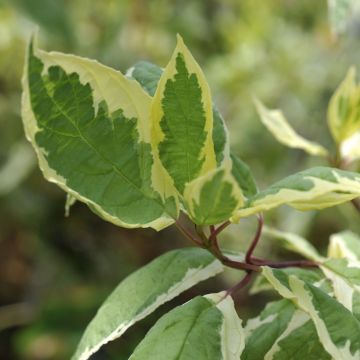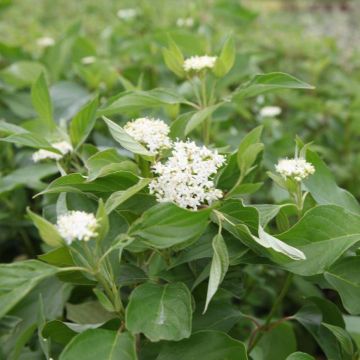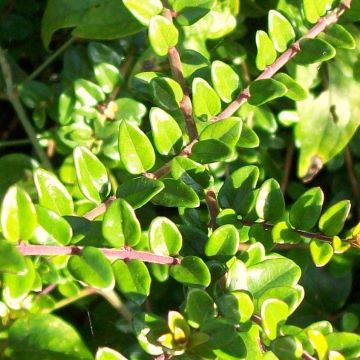

Cornus alba Sibirica Variegata - Variegated Dogwood


Cornus alba Sibirica Variegata - Variegated Dogwood
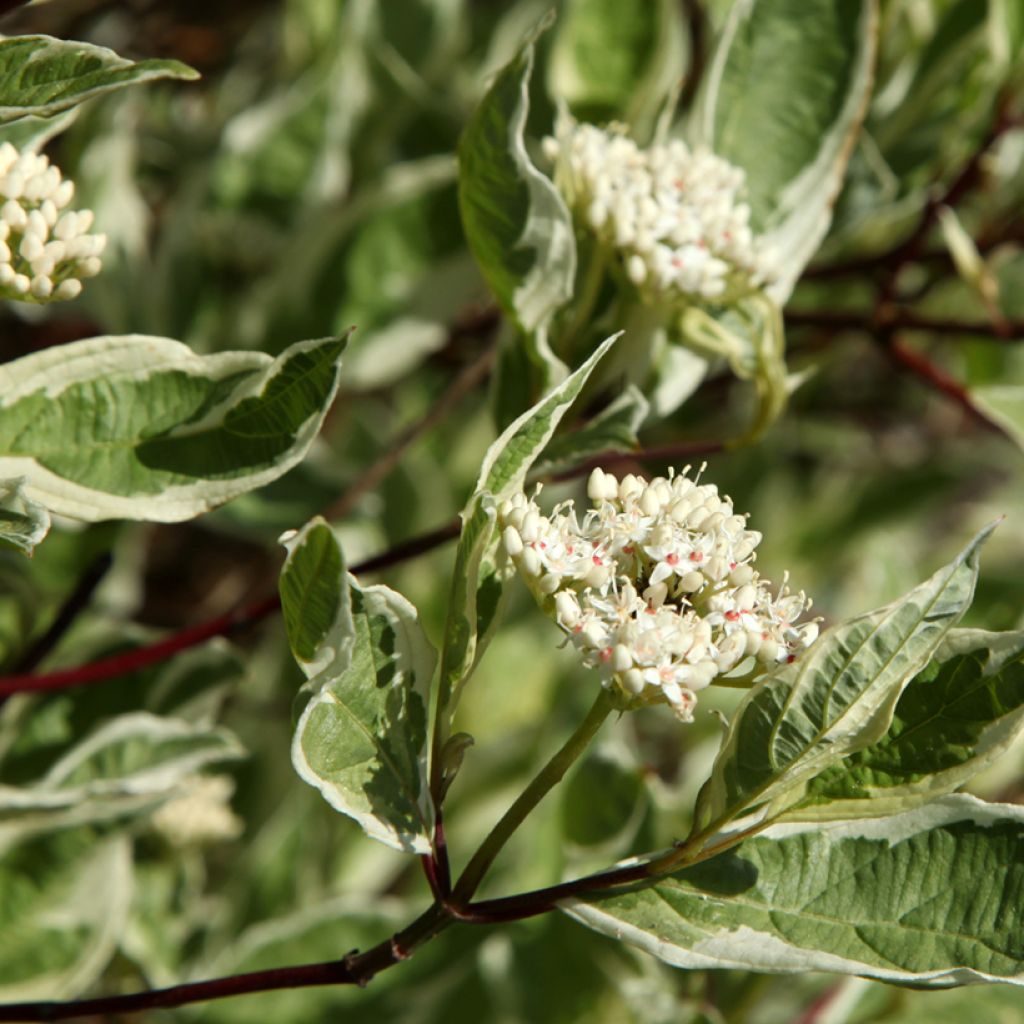

Cornus alba Sibirica Variegata - Variegated Dogwood


Cornus alba Sibirica Variegata - Variegated Dogwood
View more pictures
Hide images
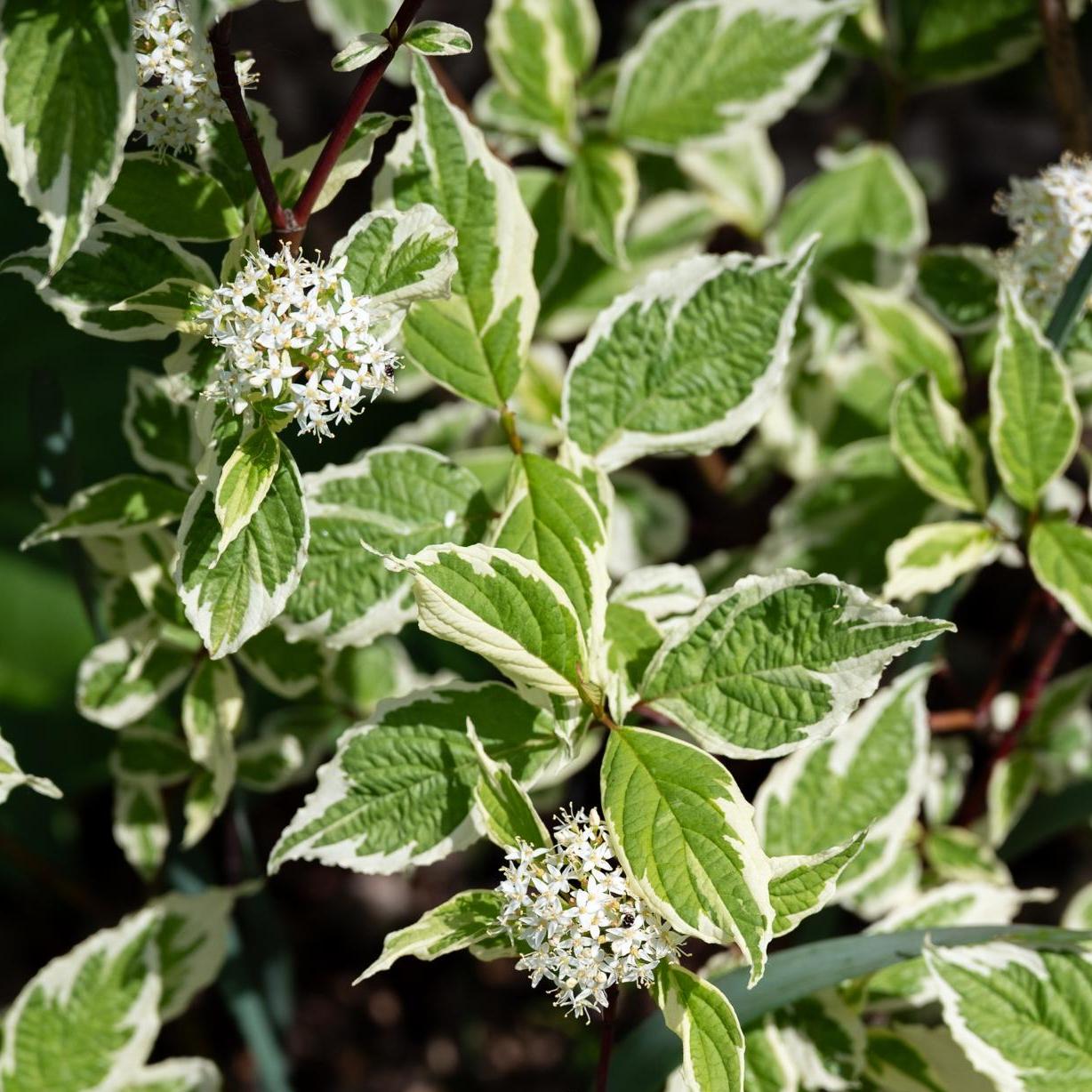
Florence G.

Florence G. • 42 FR
Cornus alba Sibirica Variegata - Variegated Dogwood
Cornus alba Sibirica Variegata
White Dogwood, Siberian Dogwood
Done.
Christine, 18/09/2023
Special offer!
Receive a €20 voucher for any order over €90 (excluding delivery costs, credit notes, and plastic-free options)!
1- Add your favorite plants to your cart.
2- Once you have reached €90, confirm your order (you can even choose the delivery date!).
3- As soon as your order is shipped, you will receive an email containing your voucher code, valid for 3 months (90 days).
Your voucher is unique and can only be used once, for any order with a minimum value of €20, excluding delivery costs.
Can be combined with other current offers, non-divisible and non-refundable.
Home or relay delivery (depending on size and destination)
Schedule delivery date,
and select date in basket
This plant carries a 24 months recovery warranty
More information
We guarantee the quality of our plants for a full growing cycle, and will replace at our expense any plant that fails to recover under normal climatic and planting conditions.


Would this plant suit my garden?
Set up your Plantfit profile →
Description
Glossy white-barked branches and twigs, variegated and changing foliage from spring to winter, from grey-green to pink-purple, these are the characteristics of Cornus alba Sibirica Variegata. It has a bushy, ramified habit, meaning that the shoots rise from the base, and is wider than it is tall. It displays discreet flowers, slightly tinged with yellow, in late spring, quickly followed by white to bluish berries at the end of the season. The pale rays of winter reveal the surprising white bark of its virtually naked branches. It is a vigorous and hardy bush, versatile, with a well-branched base even after many years. Ideal for creating an elegant screen, in ordinary soil and full sun.
Cornus alba Sibirica Variegata belongs to the cornaceae family. It hails from Cornus alba, the white dogwood native to Siberia, on the banks of the Amur River, Russia, in leafy and coniferous forests, and Manchuria. It is often found near watercourses, under harsh and contrasting climates that prove its robustness. The "Sibirica Variegata" selection has a spreading, bushy and abundant habit, wider than it is tall. It is a ramified bush, sprouting new branches from the base, until it resembles a thicket. It will grow rapidly to reach 3 m (9.8 ft) in height, with a spread of 3.50–4 m (11.5–13.1 ft). Its branches are white and glossy, both when young and older, and have the advantage of not becoming bare at the base. The deciduous foliage emerges purple in spring, then variegates with grey-green and white, ending with pink margins before leaf fall. The leaves are entire, clearly veined and undulate, measuring approximately 10 cm (3.9 in) in length. The flowers is not its main asset, somewhat discreet, in the form of small white-yellowish flowers arranged in cymes, with a sweet aroma that attracts honey bees in particular. It is followed by fruits in creamy white berries containing oily seeds, which turn bluish when ripe. The lower branches form suckers or root in the soil, without the bush becoming invasive.
Whatever the size and style of the garden, there will always be a place for a dogwood to provide a beautiful decoration. The Sibirica Variegata white dogwood offers interest throughout the year, and its considerable growth makes it suitable for use towards the rear of large flowerbeds, in mixed hedges or even at the edge of woodland to create a transition with the countryside. Pairing with Helianthus, Heliopsis or daylilies will create a delightfully colourful scene. As it is a bush that thrives near water, it can be planted perhaps along with Cornus stolonifera Faviramea with its yellow bark, behind a foreground of astilbes, not far from a pond.
Report an error about the product description
Cornus alba Sibirica Variegata - Variegated Dogwood in pictures






Plant habit
Flowering
Foliage
Botanical data
Cornus
alba
Sibirica Variegata
Cornaceae
White Dogwood, Siberian Dogwood
Cultivar or hybrid
Other Cornus
View all →Planting and care
The Cornus alba Sibirica Variegata will thrive in a cool, fertile and humus-bearing soil, even if it is damp, heavy or slightly chalky. Plant it from November to March, in a sunny location to enhance the foliage colours or, if necessary, in a bright semi-shade.
Planting period
Intended location
Care
-
, onOrder confirmed
Reply from on Promesse de fleurs
Similar products
Haven't found what you were looking for?
Hardiness is the lowest winter temperature a plant can endure without suffering serious damage or even dying. However, hardiness is affected by location (a sheltered area, such as a patio), protection (winter cover) and soil type (hardiness is improved by well-drained soil).

Photo Sharing Terms & Conditions
In order to encourage gardeners to interact and share their experiences, Promesse de fleurs offers various media enabling content to be uploaded onto its Site - in particular via the ‘Photo sharing’ module.
The User agrees to refrain from:
- Posting any content that is illegal, prejudicial, insulting, racist, inciteful to hatred, revisionist, contrary to public decency, that infringes on privacy or on the privacy rights of third parties, in particular the publicity rights of persons and goods, intellectual property rights, or the right to privacy.
- Submitting content on behalf of a third party;
- Impersonate the identity of a third party and/or publish any personal information about a third party;
In general, the User undertakes to refrain from any unethical behaviour.
All Content (in particular text, comments, files, images, photos, videos, creative works, etc.), which may be subject to property or intellectual property rights, image or other private rights, shall remain the property of the User, subject to the limited rights granted by the terms of the licence granted by Promesse de fleurs as stated below. Users are at liberty to publish or not to publish such Content on the Site, notably via the ‘Photo Sharing’ facility, and accept that this Content shall be made public and freely accessible, notably on the Internet.
Users further acknowledge, undertake to have ,and guarantee that they hold all necessary rights and permissions to publish such material on the Site, in particular with regard to the legislation in force pertaining to any privacy, property, intellectual property, image, or contractual rights, or rights of any other nature. By publishing such Content on the Site, Users acknowledge accepting full liability as publishers of the Content within the meaning of the law, and grant Promesse de fleurs, free of charge, an inclusive, worldwide licence for the said Content for the entire duration of its publication, including all reproduction, representation, up/downloading, displaying, performing, transmission, and storage rights.
Users also grant permission for their name to be linked to the Content and accept that this link may not always be made available.
By engaging in posting material, Users consent to their Content becoming automatically accessible on the Internet, in particular on other sites and/or blogs and/or web pages of the Promesse de fleurs site, including in particular social pages and the Promesse de fleurs catalogue.
Users may secure the removal of entrusted content free of charge by issuing a simple request via our contact form.
The flowering period indicated on our website applies to countries and regions located in USDA zone 8 (France, the United Kingdom, Ireland, the Netherlands, etc.)
It will vary according to where you live:
- In zones 9 to 10 (Italy, Spain, Greece, etc.), flowering will occur about 2 to 4 weeks earlier.
- In zones 6 to 7 (Germany, Poland, Slovenia, and lower mountainous regions), flowering will be delayed by 2 to 3 weeks.
- In zone 5 (Central Europe, Scandinavia), blooming will be delayed by 3 to 5 weeks.
In temperate climates, pruning of spring-flowering shrubs (forsythia, spireas, etc.) should be done just after flowering.
Pruning of summer-flowering shrubs (Indian Lilac, Perovskia, etc.) can be done in winter or spring.
In cold regions as well as with frost-sensitive plants, avoid pruning too early when severe frosts may still occur.
The planting period indicated on our website applies to countries and regions located in USDA zone 8 (France, United Kingdom, Ireland, Netherlands).
It will vary according to where you live:
- In Mediterranean zones (Marseille, Madrid, Milan, etc.), autumn and winter are the best planting periods.
- In continental zones (Strasbourg, Munich, Vienna, etc.), delay planting by 2 to 3 weeks in spring and bring it forward by 2 to 4 weeks in autumn.
- In mountainous regions (the Alps, Pyrenees, Carpathians, etc.), it is best to plant in late spring (May-June) or late summer (August-September).
The harvesting period indicated on our website applies to countries and regions in USDA zone 8 (France, England, Ireland, the Netherlands).
In colder areas (Scandinavia, Poland, Austria...) fruit and vegetable harvests are likely to be delayed by 3-4 weeks.
In warmer areas (Italy, Spain, Greece, etc.), harvesting will probably take place earlier, depending on weather conditions.
The sowing periods indicated on our website apply to countries and regions within USDA Zone 8 (France, UK, Ireland, Netherlands).
In colder areas (Scandinavia, Poland, Austria...), delay any outdoor sowing by 3-4 weeks, or sow under glass.
In warmer climes (Italy, Spain, Greece, etc.), bring outdoor sowing forward by a few weeks.




































